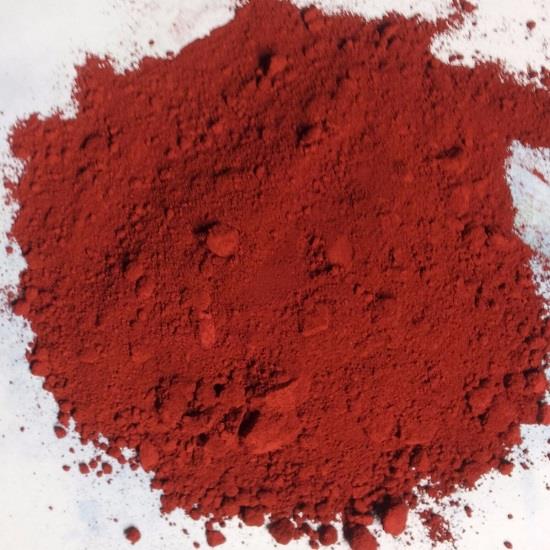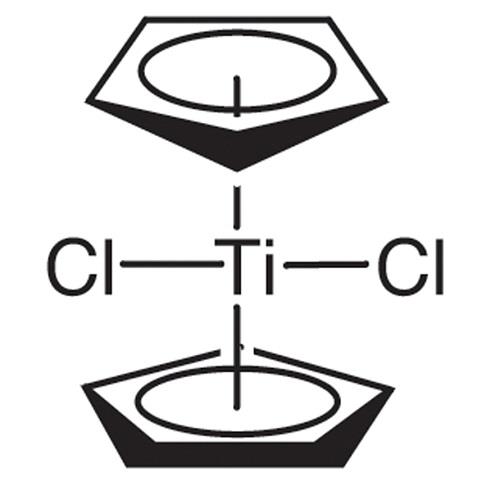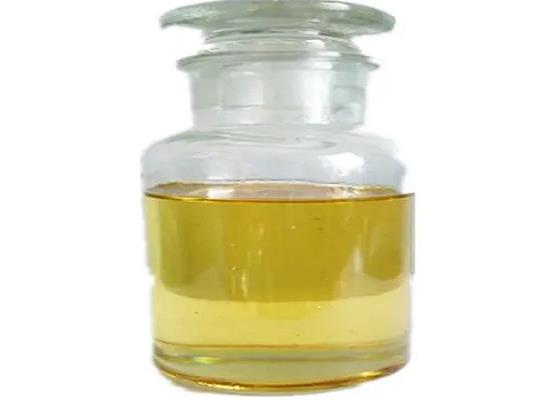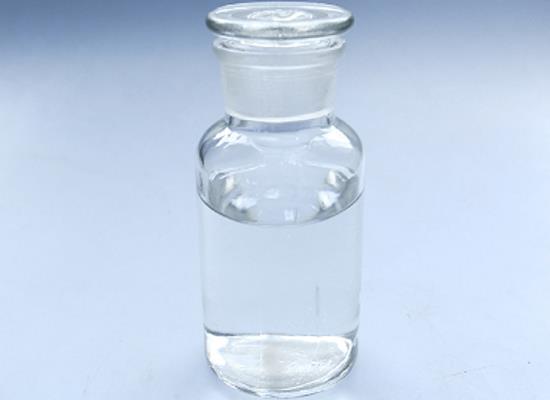Titanocene dichloride: Overview, Applications in the Synthesis of Hollow TiO2 Nanostructures and Safety
General Description
Titanocene dichloride is a significant compound in titanium coordination chemistry, with potential applications as an anticancer agent and in the synthesis of hollow TiO2 nanostructures for enhanced photocatalytic hydrogen production. While setbacks were faced in clinical trials due to hydrolysis issues, its formulation MKT4 demonstrated potential cell nucleus accumulation. The compound's safety hazards necessitate strict handling protocols. Titanocene dichloride's versatile use in medical and materials chemistry highlights its potential, provided safety measures are rigorously observed throughout its lifecycle.
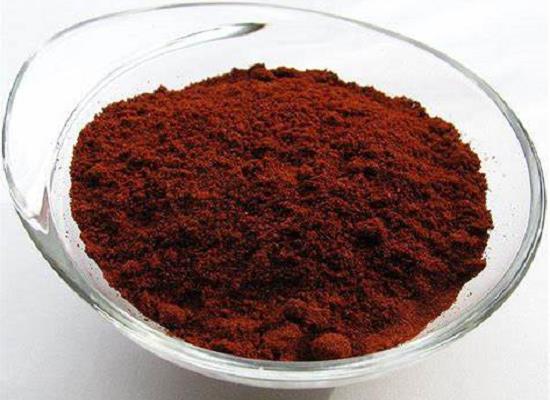
Figure 1. Titanocene dichloride
Overview
Titanocene dichloride (Cp2TiCl2) is a significant compound in the realm of titanium coordination compounds, particularly in the context of exploring their potential as anticancer agents. Studies have highlighted Titanocene dichloride as a promising candidate due to its ability to deliver Ti(IV) to cells via transferrin (Tf), a key transport protein that facilitates the movement of Ti(IV) across cell membranes. However, despite initial optimism, a Titanocene dichloride formulation faced setbacks during phase II clinical trials. The formulation, known as MKT4, was utilized in these trials to address Titanocene dichloride's susceptibility to hydrolysis at physiological pH, which can lead to the loss of chloride ions and cyclopentadienyl rings. Differences in Ti binding to Tf between Titanocene dichloride and MKT4 may have contributed to the formulation's inability to replicate Titanocene dichloride's original activity. Despite these challenges, X-ray fluorescence imaging revealed that the Titanocene dichloride formulation effectively facilitated the accumulation of Ti near the cell nucleus, demonstrating its potential as a vehicle for cellular metal uptake. 1
Applications in the synthesis of hollow TiO2 nanostructures
Titanocene dichloride has found valuable applications in the synthesis of hollow TiO2 nanostructures (HTSs) for enhanced photocatalytic hydrogen production. A one-pot, template-free strategy has been developed utilizing titanocene dichloride as a titanium source, acetone as a solvent, and ammonia as a basic source. The synthesis process involves a morphological transformation from solid structures to yolk-shell structures and finally to hollow structures, following an Ostwald ripening process. This transformation is attributed to the mismatched hydrolysis rates of the chloride anion and the organic cyclopentadiene ligands present in titanocene dichloride molecules. The resulting TiO2 nanostructures exhibit controllable morphologies and sizes by adjusting the amounts of the titanium precursor or ammonia. The HTSs demonstrate significantly improved photocatalytic performance compared to samples with different morphologies in water splitting applications. This enhancement is attributed to the increased surface area, active sites, and enhanced mass transfer facilitated by the well-defined hollow structure, uniform size, and mesoporous nature of the HTSs. These findings open new possibilities in materials chemistry and their applications in energy and environmental fields. The one-pot, template-free synthesis strategy using titanocene dichloride offers a versatile approach for constructing TiO2 nanomaterials with controllable morphology and size. The remarkable photocatalytic activity of the HTSs in hydrogen production highlights the advantages of their hollow interior, mesoporous shells, and high specific surface area. Overall, the use of titanocene dichloride in synthesizing HTSs provides insights into the development of novel nanomaterials for advanced energy, environmental, and related applications. 2
Safety
Titanocene dichloride poses several safety hazards as indicated by its classification under various categories such as acute toxicity, serious eye damage, specific target organ toxicity, and hazardous effects on aquatic environments. The substance carries warning labels and precautionary statements to ensure safe handling and usage. In case of exposure, immediate first-aid measures are crucial. Medical attention should be sought, and the safety data sheet should be provided to healthcare professionals. Specific actions include moving the individual to fresh air if inhaled, rinsing affected areas with water, and consulting a doctor promptly. Preventative measures such as wearing protective gear, avoiding ingestion, and ensuring proper storage and disposal are emphasized. The substance requires careful handling to minimize risks to human health and the environment. Overall, Titanocene dichloride demands strict adherence to safety protocols to mitigate potential harm and ensure responsible management throughout its lifecycle. 3
Reference
1. Profitt LA, Baxter RHG, Valentine AM. Superstoichiometric Binding of the Anticancer Agent Titanocene Dichloride by Human Serum Transferrin and the Accompanying Lobe Closure. Biochemistry. 2022;61(9):795-803.
2. Wang H, Lin H, Long Y, et al. Titanocene dichloride (Cp2TiCl2) as a precursor for template-free fabrication of hollow TiO2 nanostructures with enhanced photocatalytic hydrogen production. Nanoscale. 2017;9(5):2074-2081.
3. SAFETY DATA SHEETS: Dichlorobis(η-cyclopentadienyl)titanium. 2019.
);You may like
Related articles And Qustion
Lastest Price from Titanocene dichloride manufacturers
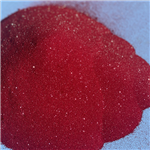
US $0.00-0.00/kg2024-04-16
- CAS:
- 1271-10-8
- Min. Order:
- 1kg
- Purity:
- ≥99.0%
- Supply Ability:
- 60tons

US $6.00-0.60/KG2024-03-25
- CAS:
- 1271-19-8
- Min. Order:
- 1KG
- Purity:
- 99%
- Supply Ability:
- g-kg-tons, free sample is available

